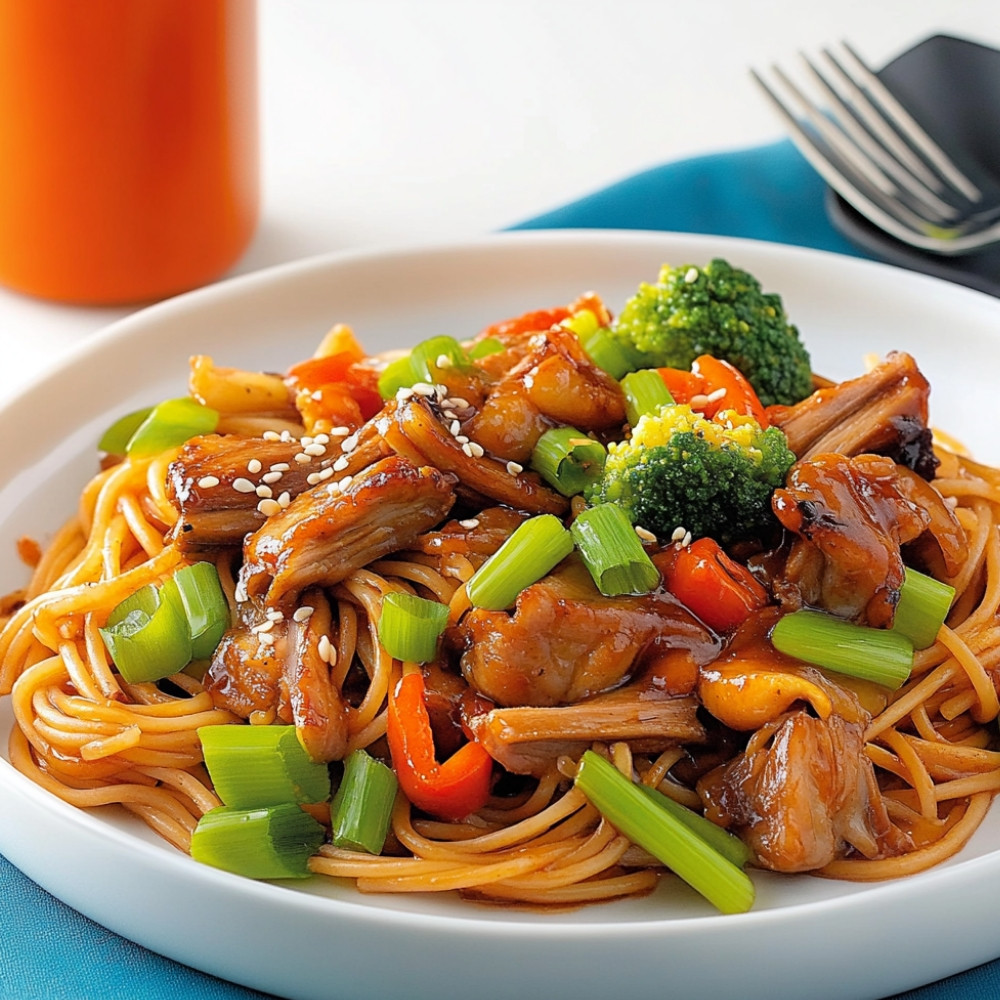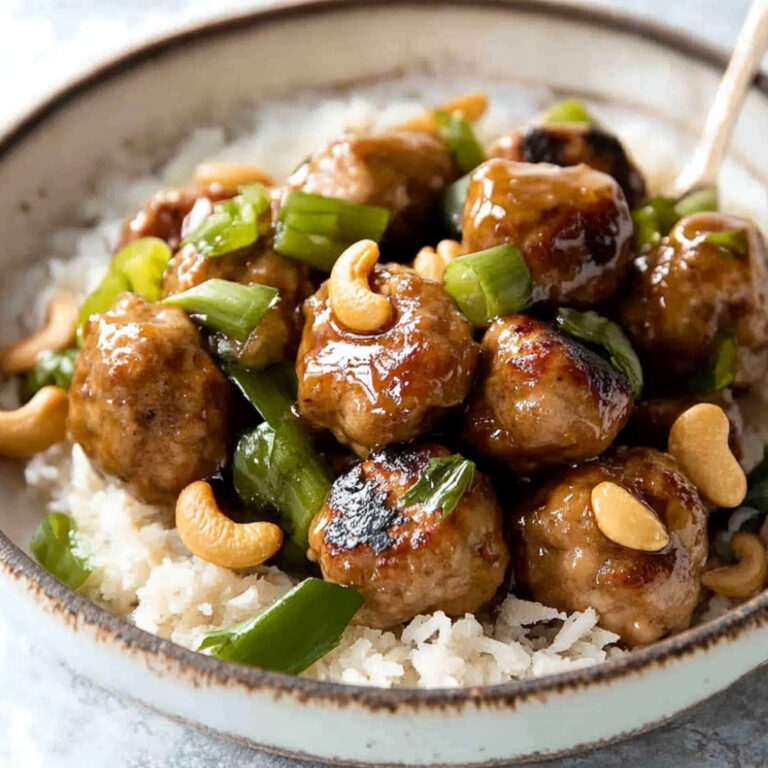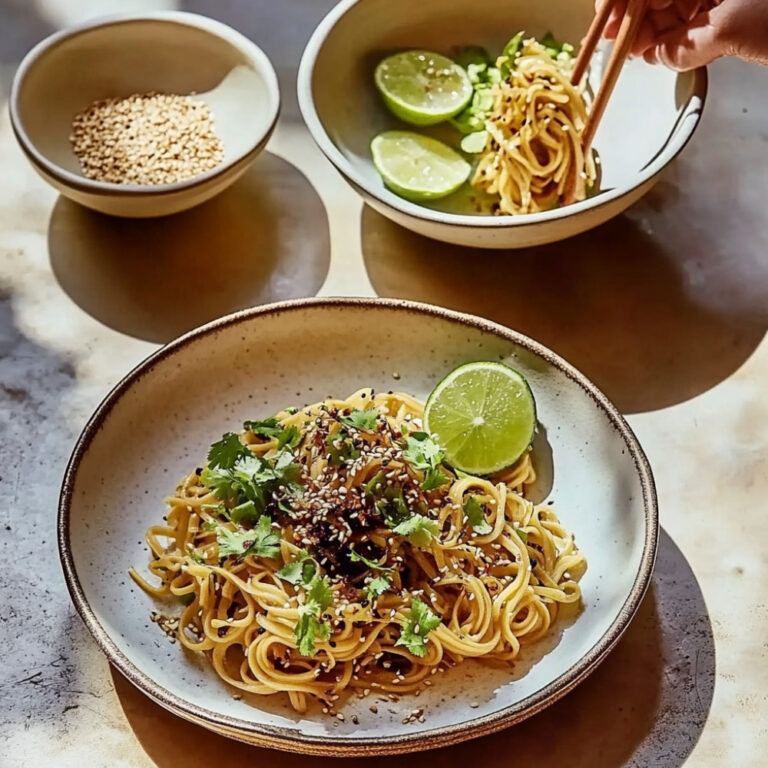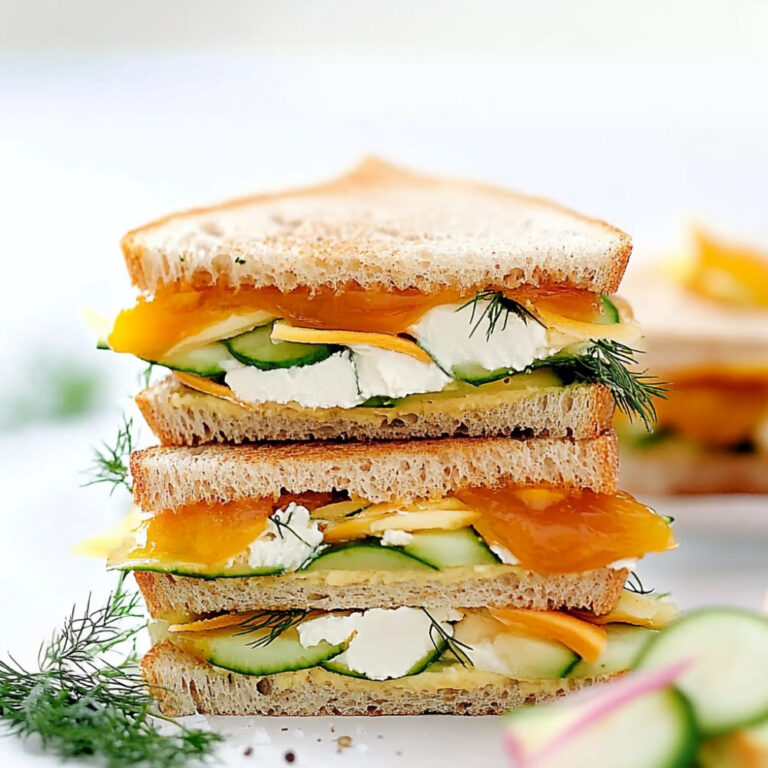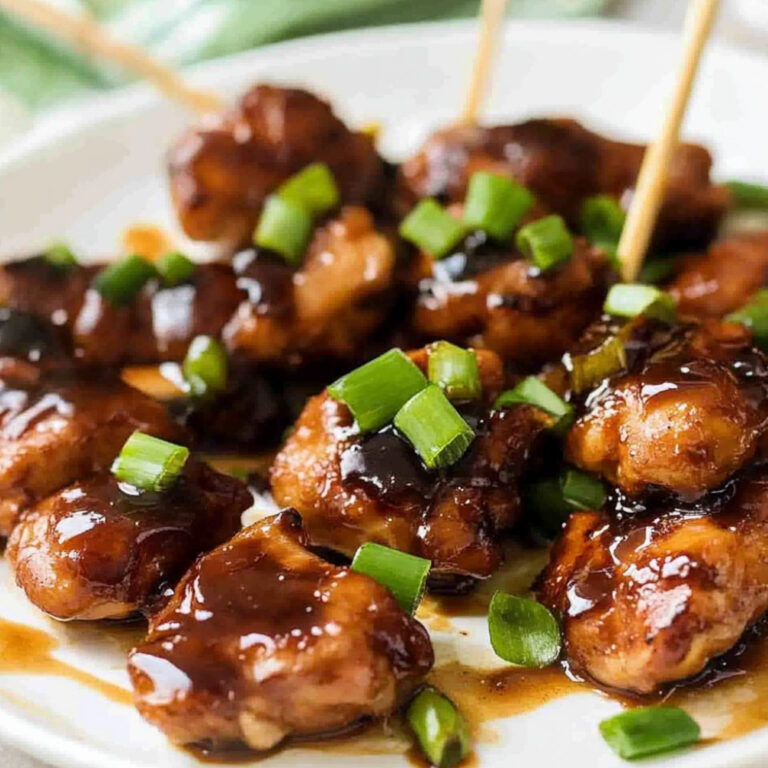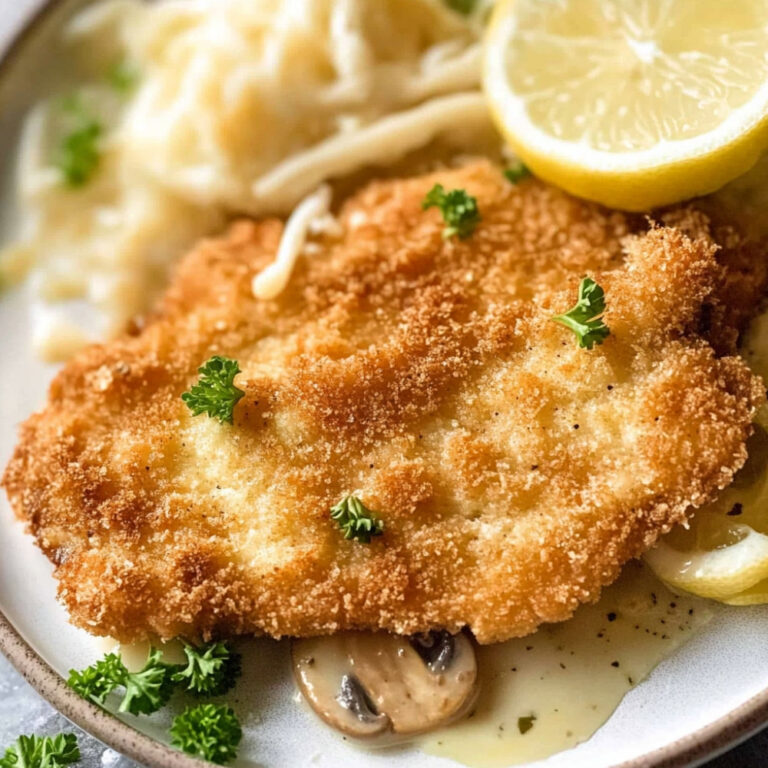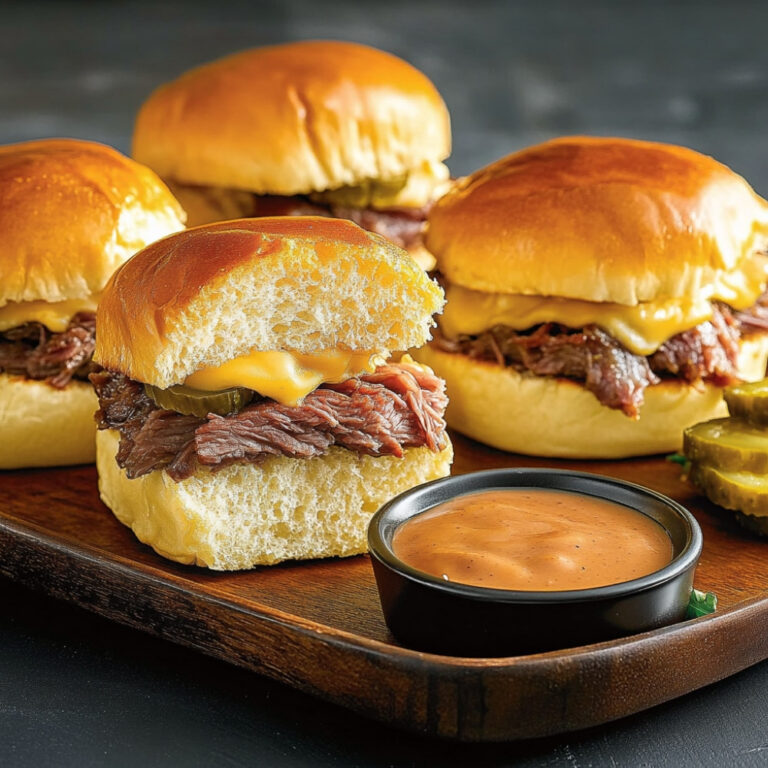Chinese Spaghetti with Ribs
It starts with the smell—deep and savory, a little sweet, with whispers of garlic rising through steam. The ribs are just beginning to brown on one side, crisping ever so gently, while the soy sauce caramelizes around the bones. The spaghetti’s on—barely al dente—and everything’s coming together in that wide pan I use for almost everything. This dish, Spaghetti Chinois aux Côtes Levées, is one of those accidental favorites… the kind of weeknight invention that quietly turns into a tradition. It’s both unfamiliar and deeply comforting. A little messy. Slightly surprising. And always, always gone far too fast.
Why You’ll Crave It
- A playful mix of comfort and intrigue – spaghetti meets fragrant stir-fry ribs
- The ribs—sticky, golden, fall-off-the-bone good—are somehow better than they should be in a 25-minute recipe
- Only a handful of ingredients, but it somehow tastes like you cooked all day
- It’s customizable—add whatever crisp veg you’ve got or none at all
- Perfect for those odd nights when you’re too tired to care, but hungry for something real
First time I made this, my brother asked if I’d secretly taken a cooking class in Shanghai… and then Tokyo… and also Rome.
What You’ll Need
- Spaghetti: 200 grams, cooked just until al dente – not mushy, not stiff
- Pork ribs: 300 grams, chopped into short sections (about two bones each), rinsed and patted dry
- Soy sauce: 2 tablespoons, dark and glossy, a bit salty and smooth
- Sesame oil: 1 tablespoon – nutty and fragrant, not something to skip
- Garlic: 1 fat clove, minced—not too fine, just enough to scent everything
- Green onions: 1 tablespoon, chopped finely or coarsely, up to you
- Salt and pepper: Just a touch – remember the soy is salty already
Easy How-To
Get the ribs going
First, boil the ribs. Yes, boil—just to start. It softens the meat and draws out that first rush of fat. Put them in a pot, cover with cold water, and bring to a boil. Let them simmer about 10 minutes, while you gather everything else. Then drain and set aside. They’ll look pale. That’s fine.
Start your aromatics
Heat a pan (a wok is classic, but I usually use a wide, flat frying pan). Add the sesame oil, and once it shimmers, stir in the garlic. Let it sizzle for maybe 30 seconds—but no more, or it gets bitter.
Brown those ribs
Drop the ribs in now. Hear that hiss? That means it’s working. Toss them gently around the pan so they color evenly–some sides might crisp up more than others. That’s the good stuff. Let this go for about 3-4 minutes. You’ll smell it when it’s done.
Bring in the noodles
Take your cooked spaghetti (it’s okay if it’s cooled down a bit) and add it straight into the pan with the ribs. Toss gently. You want the oil and pork-flavor to coat the strands. It might clump at first, but it’ll loosen.
Season & finish
Pour in the soy sauce, stir everything together, and let it all sit just a moment to absorb those last bits of flavor. Sprinkle in your chopped green onion during the final toss, then switch off the heat. Taste. Adjust. Maybe one gentle grind of pepper, maybe not.
Good to Know
- If your ribs are too fatty, skim off some oil before adding the pasta… or leave it, if you’re having that kind of day
- Green onions go in last for color and brightness—they don’t need much heat at all
- This dish improves somehow (magically?) the next day, eaten cold with a fried egg
Serving Ideas
- Straight from the pan, with chopsticks. Or a fork. No judgment.
- With some lightly pickled cucumbers or radish to cut the richness
- For a more dramatic plate—piled high, with extra scallions scattered on top
Top Tricks
- Don’t rinse the spaghetti after boiling—it needs that starch to cling to the sauce
- A squeeze of lime (or black vinegar) gives it a tiny lift if it feels too heavy
- Let the ribs stand a few minutes before stir-frying; dry ribs brown better
Frequently Asked Questions
Can I use Chinese noodles instead of spaghetti?
Yes—and it’ll change the character of the dish slightly, but in a lovely way. Try fresh egg noodles or lo mein-style noodles if you’ve got them.
What kind of pork ribs are best?
Go for pork spare ribs, chopped into smallish chunks. Baby back works too, they just cook faster, so keep an eye on them.
Can I make this vegetarian?
Sure—sub in tofu or mushroom slices. Shiitake works beautifully. And double up on garlic and soy to boost flavor.
How do I store leftovers?
Store in an airtight container in the fridge. It keeps well for up to 3 days. I actually like it even better reheated in a pan the next day.
Do I have to boil the ribs first?
Technically no, but it helps remove excess fat and makes the meat more tender. Skipping that step can lead to chewier results (which, hey, some people like!)

